HOW E-RICKSHAW DRIVER’S SON KAMAL SINGH IS REALISING A BIG DANCE DREAM
by ASJAD NAZIR
YOUNG Indian dancer Kamal Singh is successfully crowd funding his way to the English National Ballet in London and received a donation from Bollywood star Hrithik Roshan.
The 20-year-old son of an e-rickshaw driver only took up ballet four years ago and has trained intensively at the IFBC school based in New Delhi, under the watchful eye of his mentor Fernando Aguilera.
After having performed in a number of classical ballets across India, he was offered a one-year programme, but was unable to afford it. Since starting to raise funds online, the determined 20-year-old from New Delhi has managed to pay the £8,000 course fee and is raising further money for accommodation.
Eastern Eye caught up with Kamal Singh to talk about his connection to ballet, inspiring crowd-funding effort and future hopes.
What first connected you to ballet?
The difficulty of its techniques attracted me to ballet. I found it very challenging to execute, like the Russian style called vaganova method, with its many different kind of turns and jumps.
Apart from the many challenges, why do you love ballet?
Ballet offers up so much variety in the repertoire and stories rooted in history. So, sometimes you get a role of a prince in Swan Lake or a prince in Giselle, which are very different, but at the end you are a prince. But then in another story like Spartacus, you are a very strong macho warrior. I like representing the different roles on stage through ballet. I also enjoy the orchestra led music and acting aspect of it. Being able to tell a story through movement of your body, without speaking, is a beautiful feeling. I love being on stage with other dancers.
Tell us about that?
The partner sections are a favourite. You have to dance with a ballerina and lift her up with one hand, and walk like you are carrying a feather. You have to make sure that she is in her perfect point during the pirouettes and be there to help make her look pretty, elegant and perfect.
What made you want to study in London?
During the Covid-19 lockdown, I stayed with my mentor and trained everyday. Then after dinner one day he made me sit with him in front of his computer and searched the internet for any auditions going on for the most prestigious ballet schools. He said, ‘now you are 20, you have to move forward’ and we contacted some important ballet schools abroad. Then Mr Fernando Aguilera saw the English National Ballet School had auditions.
What happened next?
We submitted all the documentation, my videos, bio and photos. Then after 20 days, we got an email from the artistic director of English National Ballet School, Ms Viviana Durante, saying I had been offered a one-year professional trainee programme. This was shocking for me.
How did you get the idea for the crowd funding?
At the Imperial Fernando Ballet School, where I started, one of the instructors, Madame Alissa, suggested using crowd-funding via Ketto. We posted everything online, including my bio, story and intentions, not sure it would work. Within three days, we got donations from all over the world. We raised an initial amount for fees and are now in the process of raising the remaining money to cover living costs in London for a year. So, I will be very happy if you can spread the word.
How did you feel reaching the first target to get the fees?
I felt happy and appreciative of all those people with big hearts, who donated. People don’t know me, but care enough to make a donation. It feels good because of them I can complete my dream, but at the same time, it’s surprising.
How did you feel when Hrithik Roshan donated?
It makes me feel proud and special because it means that Hrithik Roshan likes my dancing videos. So his donation means a lot to me.
How do your parents feel about you coming to UK to study?
My parents are proud and thankful to God. They have high hopes for my progress because of the English National Ballet. I know I can’t disappoint anybody.
What are your hopes as a dancer?
I want to become a principal dancer at the English National Ballet Company. I want to make my mentor Fernando Aguilera proud because I am where I am today because of him.
Visit www.ketto.com - Kamal Singh English National Ballet Company
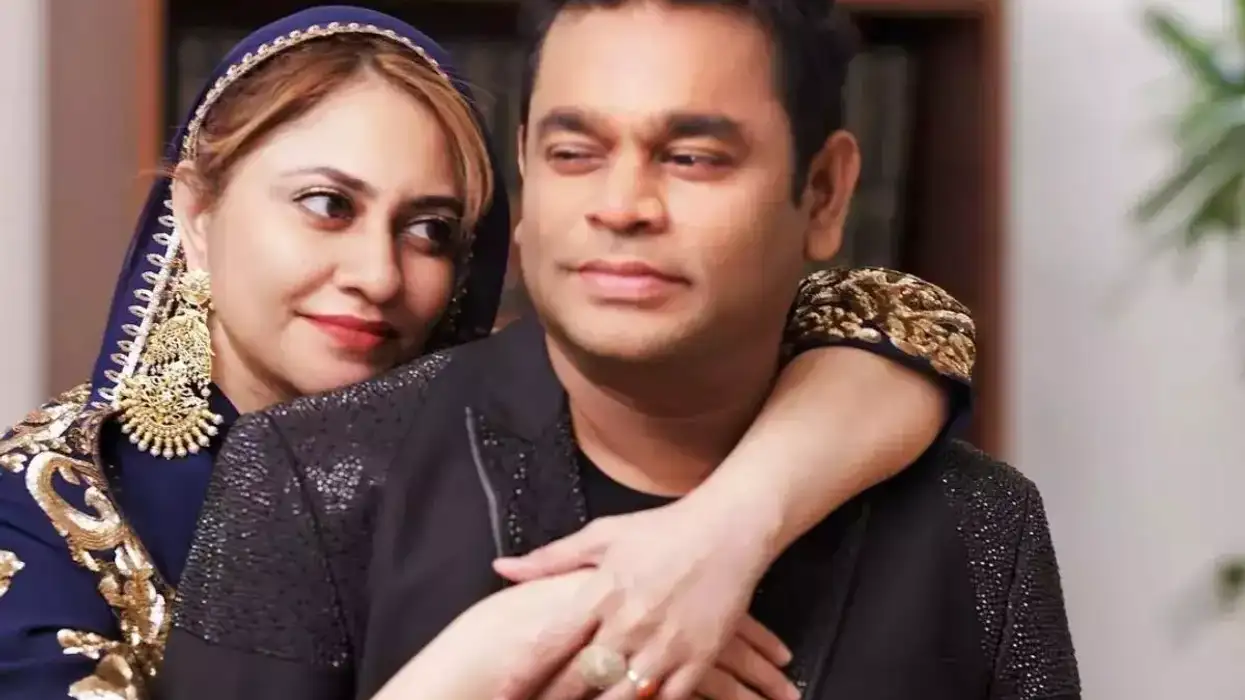
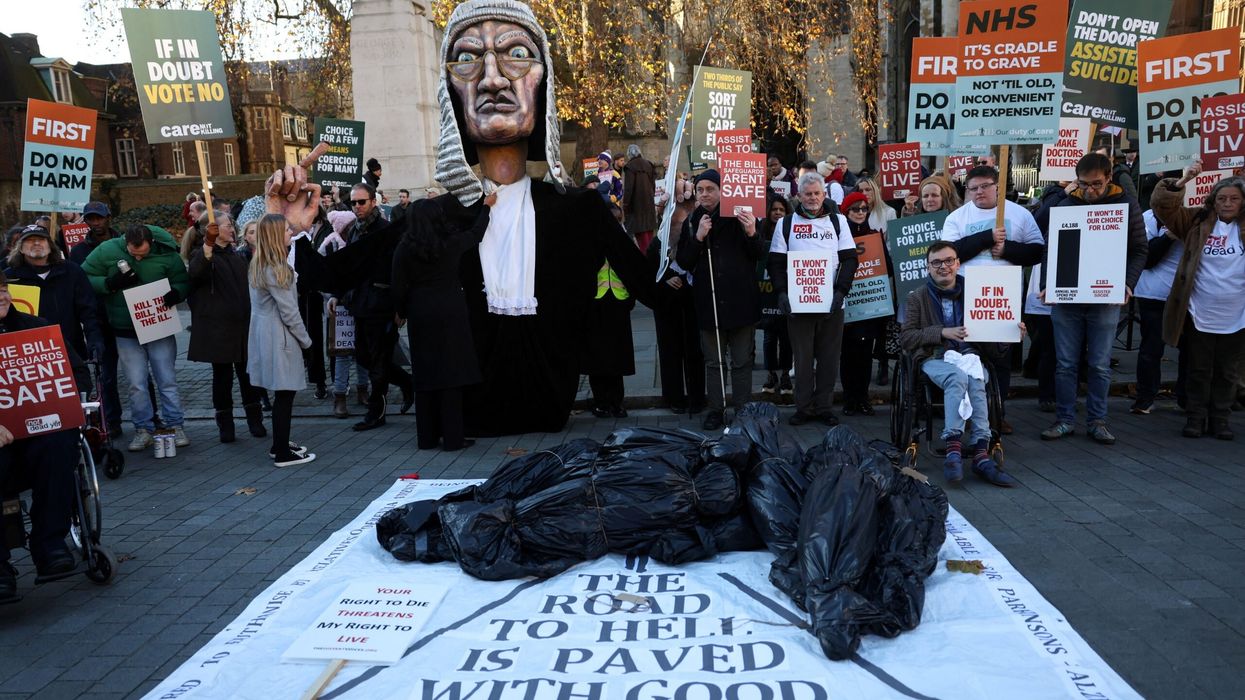

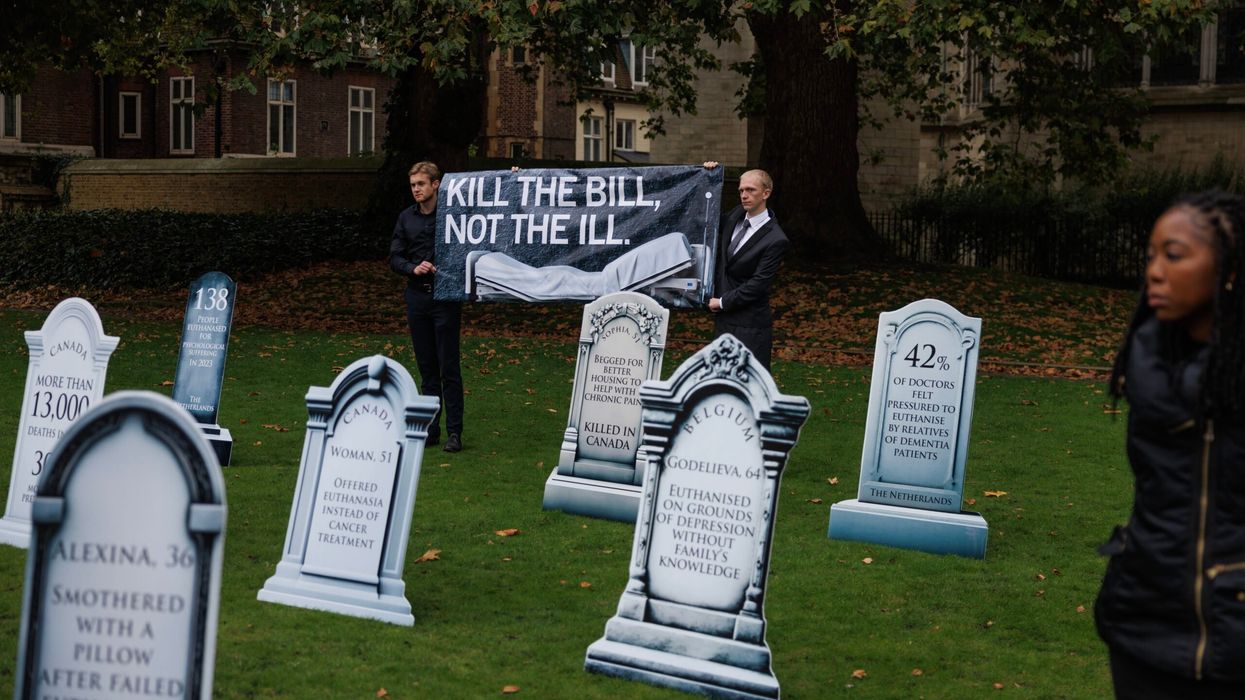
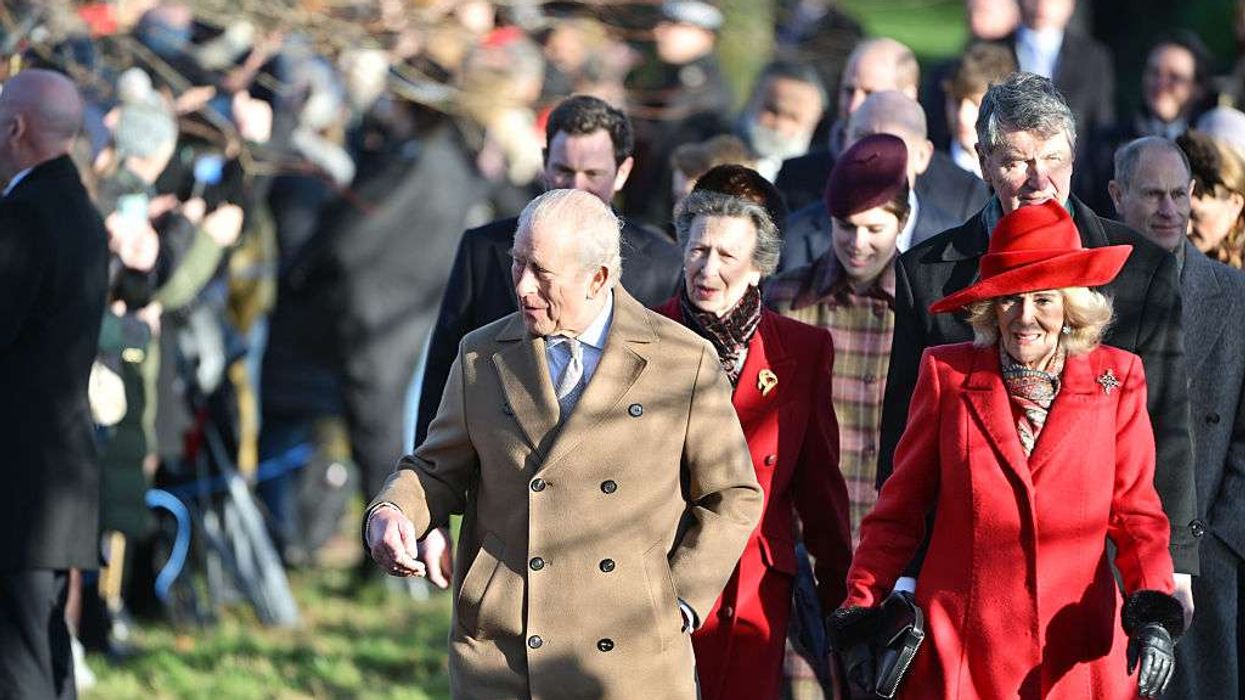
 Tanika Gupta
Tanika Gupta 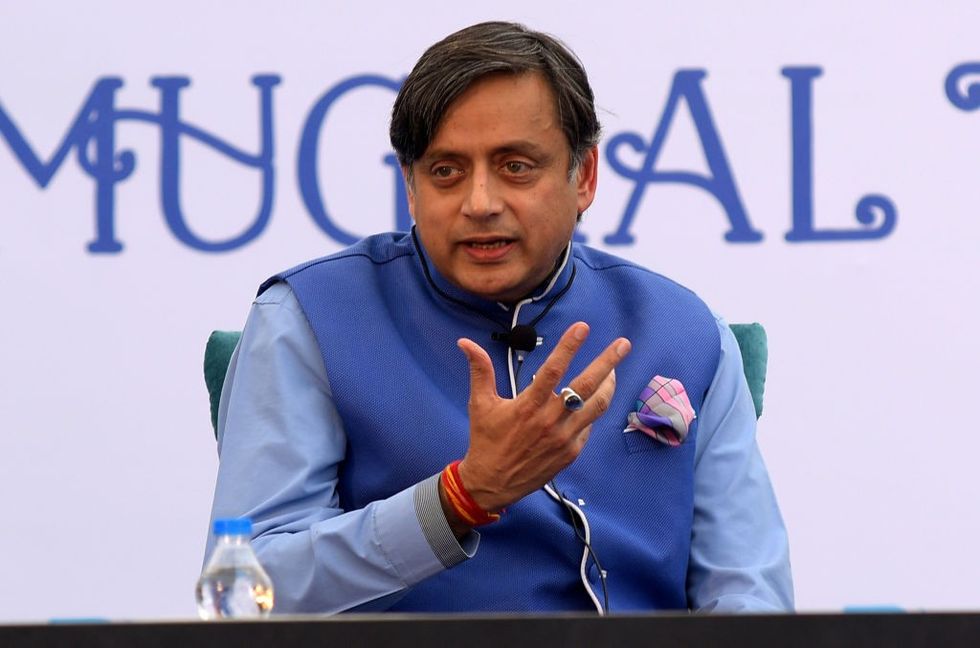 Shashi Tharoor AFP via Getty Images
Shashi Tharoor AFP via Getty Images  English cricket writers are distraught that in the current “Ashes” series against Australia down under Getty Images
English cricket writers are distraught that in the current “Ashes” series against Australia down under Getty Images 





